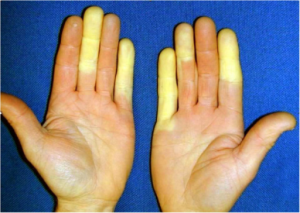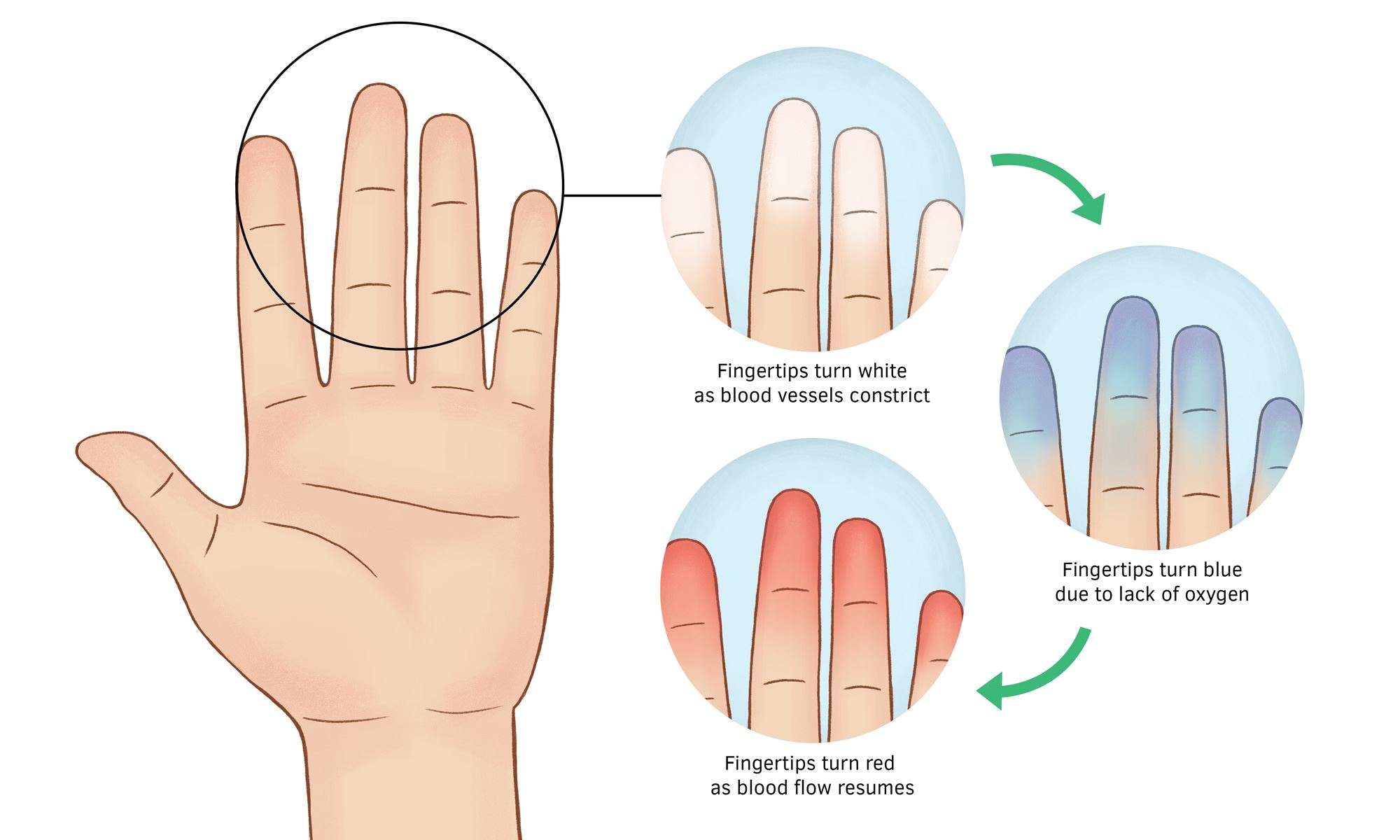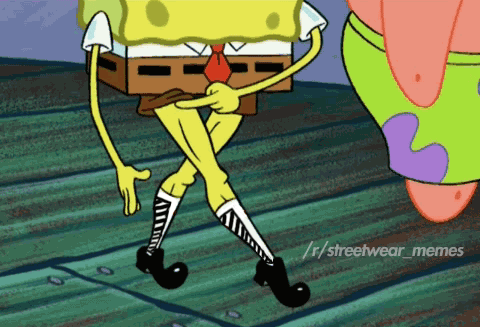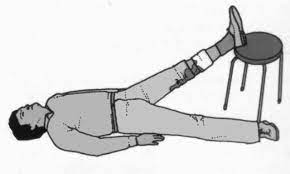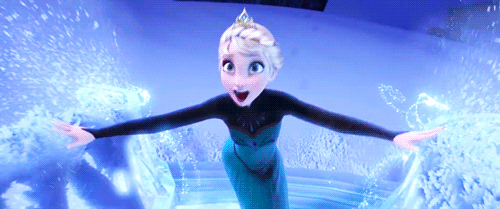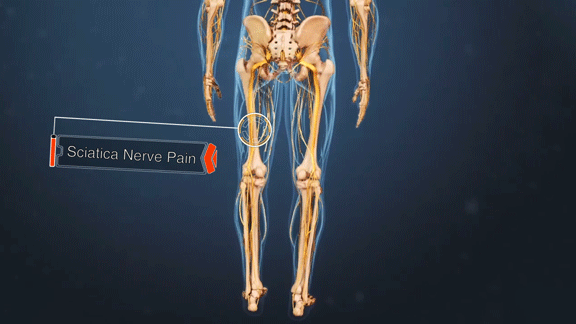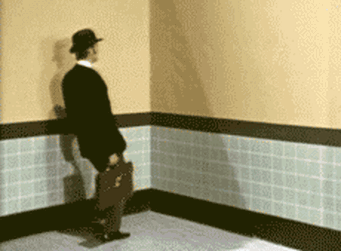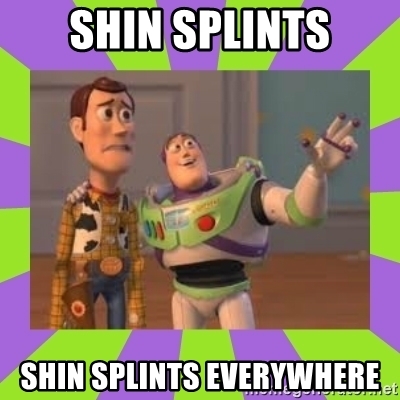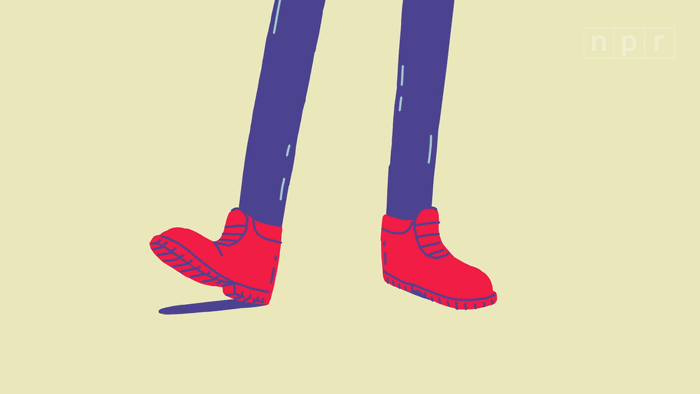What is Raynaud’s Disease?
Raynaud’s disease causes the fingers or toes to grow cold, change color, lose sensation due to decreased blood flow. While anyone may experience Raynaud’s disease, women are more likely to experience it. Most of the time, this is more of a nuisance than a severe medical condition. It was discovered by a man by the name of, you guessed it, Raynaud.
Causes
While we don’t know the specific causes of Raynaud’s Disease, it occurs because the small blood vessels of the fingers and/or toes go into spasm. Your fingers or toes grow numb, and the involved body part changes colors. A lack of blood flow due to lack of oxygen makes the finger change from white to blue, then finally red due to a “flushing” of that body part with richly oxygenated blood. When the blood flow returns to the body part, there might be swelling, tingling and mild pain. Cold temperatures and stress are some of the most common things that trigger the Raynaud’s response.
If the lack of blood flow is caused by a more serious medical condition, this is known as Secondary Raynaud’s Phenomenon. Some conditions that lead to this phenomenon are atherosclerosis, rheumatoid arthritis, frost bite, and smoking. Luckily, this condition is usually not a medical emergency or in need of immediate medical attention.
What Can I Do?
There are certain things you can do on your own to help cut down on the symptoms of Raynaud’s Disease:
- Keep your hands and feet warm. Use gloves or potholders when getting things out of the freezer or fridge.
- Exercise (performing finger exercises, arm circles, ankle pumps, toe scrunches, stationary bike, or choose your favorite aerobic exercise)
- Massaging your fingers or toes to promote blood flow
- Soaking in warm water or using a moist heat pack or microwaveable hand mitt to hands/feet to increase your circulation.
- Managing emotional and environmental stress (practice stress reducing techniques like deep breathing, meditation, yoga)
- Quit Smoking
Get Treated
At our physical therapy office, we have treatments and exercises that we can use to increase blood flow to the affected area and decrease your symptoms. We also have some techniques we can teach you in person that you can use at home.
Written by Tom Farnsworth PT
